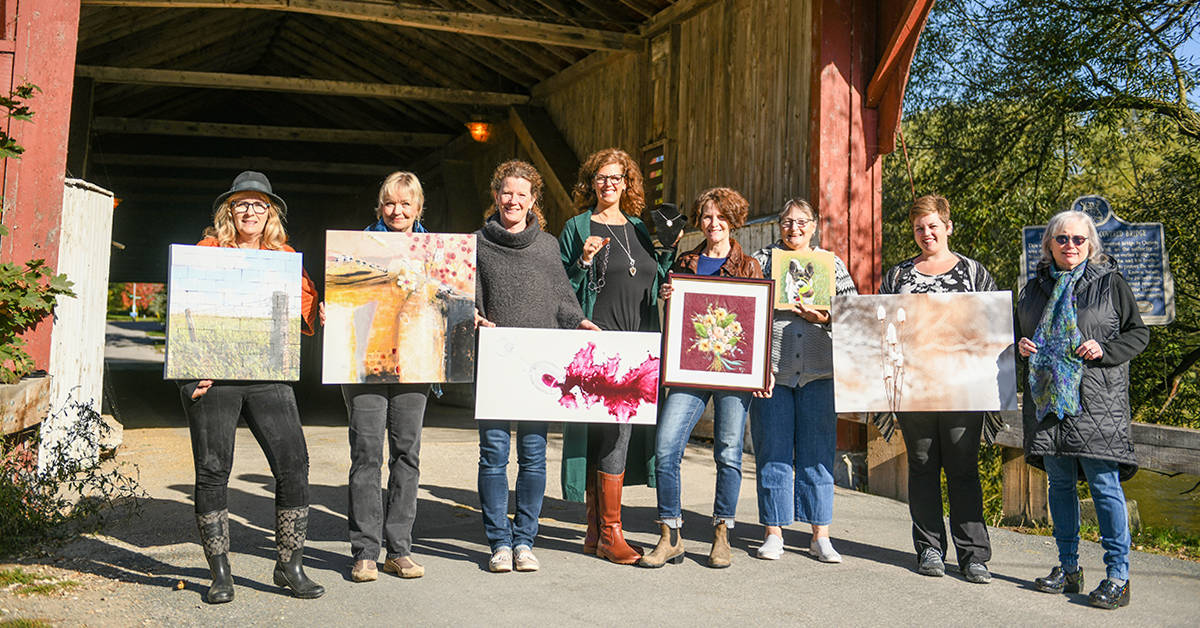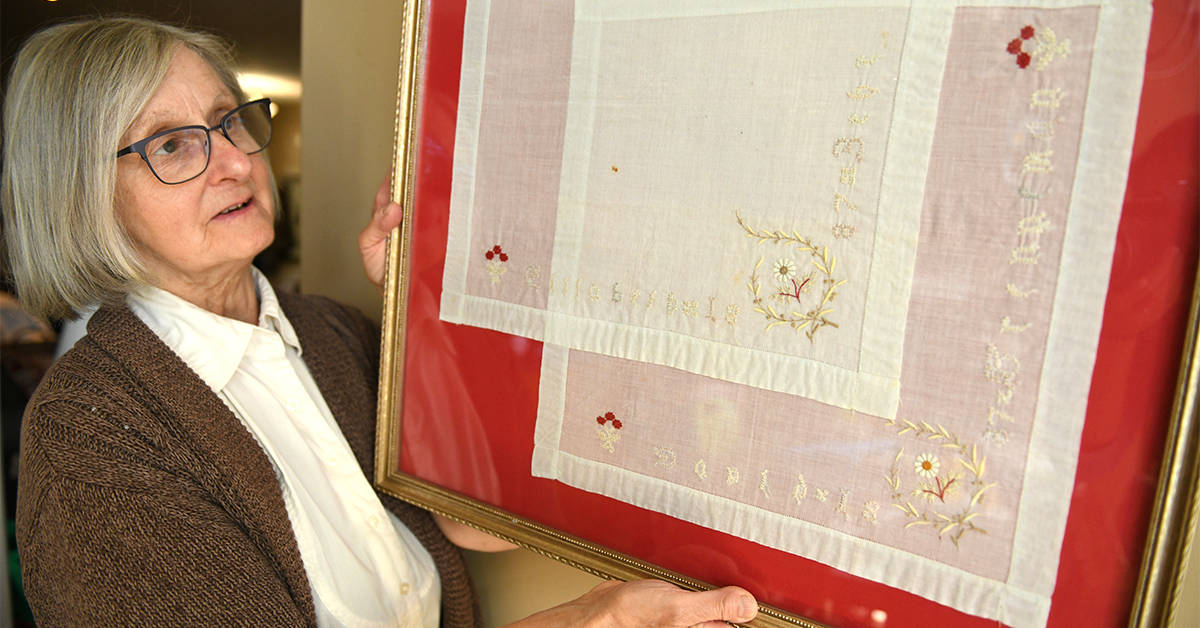;
;
;
Next Article
A chance to know Woolwich’s artistic community

Christian Nafziger came to Waterloo Region in August 1822 searching for a better life for himself and his family. Nafziger was a peasant farmer from Bavaria when he decided to go to North America, so he walked from Bavaria to Amsterdam, where he presented his case to a wealthy Dutch Mennonite man, w
Last updated on May 03, 23
Posted on Oct 06, 22
5 min read
